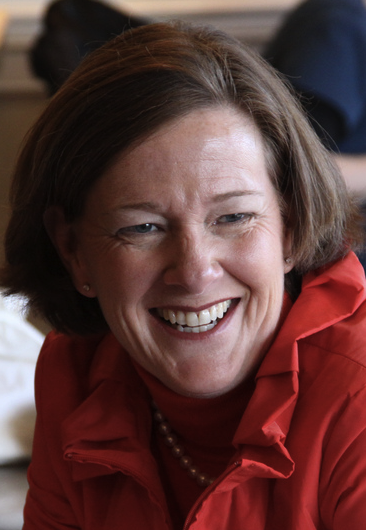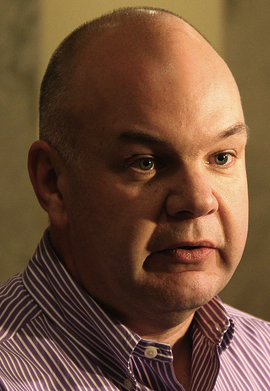
A CBC investigative team, led by intrepid reporter Charles Rusnell, reported this week that Premier Alison Redford may have put herself in a conflict with the government’s selection of a legal consortium in a $10-billion lawsuit against the tobacco industry. Premier Redford’s ex-husband, Robert Hawkes, is a prominent Tory Party member and partner in a law firm that is participating in the consortium.

Responding to opposition attacks, Premier Redford and Justice Minister Jonathan Denis claimed there was no conflict. To be fair to the Premier, in a province where one political party has been in power for more than forty years, it may be difficult to find a major law firm that does not have connections or has not made contributions to a political party.
The opposition parties claim to have evidence that Premier Redford was involved in the decision making process. NDP leader Brian Mason even called on the Premier to step down to allow the Ethics Commissioner to investigate the allegations.
This story fits the corruption narrative curated by Danielle Smith‘s Wildrose Party and provides another familial connection to the Premier for the opposition to criticize (no media outlet has mentioned this conflict in relation to a story from earlier this year connecting Ms. Smith’s party and the tobacco industry).
Yesterday afternoon, the Premier was expected to address the accusations at a scheduled media conference at 3:00 p.m. The media availability was cancelled with short notice at 2:40 p.m., and a brief media scrum was rescheduled later that day at 4:30 p.m.
Whether or not conflict accusations against Premier Redford are overstated, the government’s duck-and-weave reaction is creating a perception that they are avoiding responsibility.
—–
Discussions will resume between the Tories and the Alberta Medical Association (AMA) after a week of warring words culminated with government radio ads and leaflets in Health Minister Fred Horne backyard.

The dispute between the doctors’ association and the provincial government, which has lasted nearly two years, took a defiant political turn in this year’s spring election. With only a few weeks before the vote, which was expected to be close, the AMA released a series of newspaper advertisements criticizing the long-governing Tories. The ads were easily interpreted as a tacit endorsement of the right-wing Wildrose Party, which made some sort of political confrontation inevitable after the Tories were re-elected.
An important element to this dispute goes beyond financial compensation. The Tory government is challenging the role doctors hold as the gatekeepers of our public health care system through the creation of Family Care Clinics as an alternative to Primary Care Networks.
First proposed during last year’s PC leadership contest, Family Care Clinics were initially used to differentiate Premier Redford from front-runner Gary Mar, who was Minister of Health & Wellness when the initial funding for Primary Care Networks was given to doctors.
Created as a joint-venture between the regional health authorities and the AMA following the 2003 Canada Health Accord, Primary Care Networks were intended to improve access to front-line primary care for Albertans. In some cases they have been successful, but according the Alberta’s Auditor General, the Primary Care Network model lacks accountability.
The Family Care Clinic model remains somewhat intentionally vague and flexible, but its introduction has been enough to raise criticism of doctors, who would not necessarily be in complete control of the new model (Premier Redford has talked about an increased role of health care teams).
